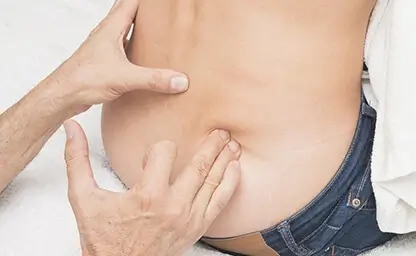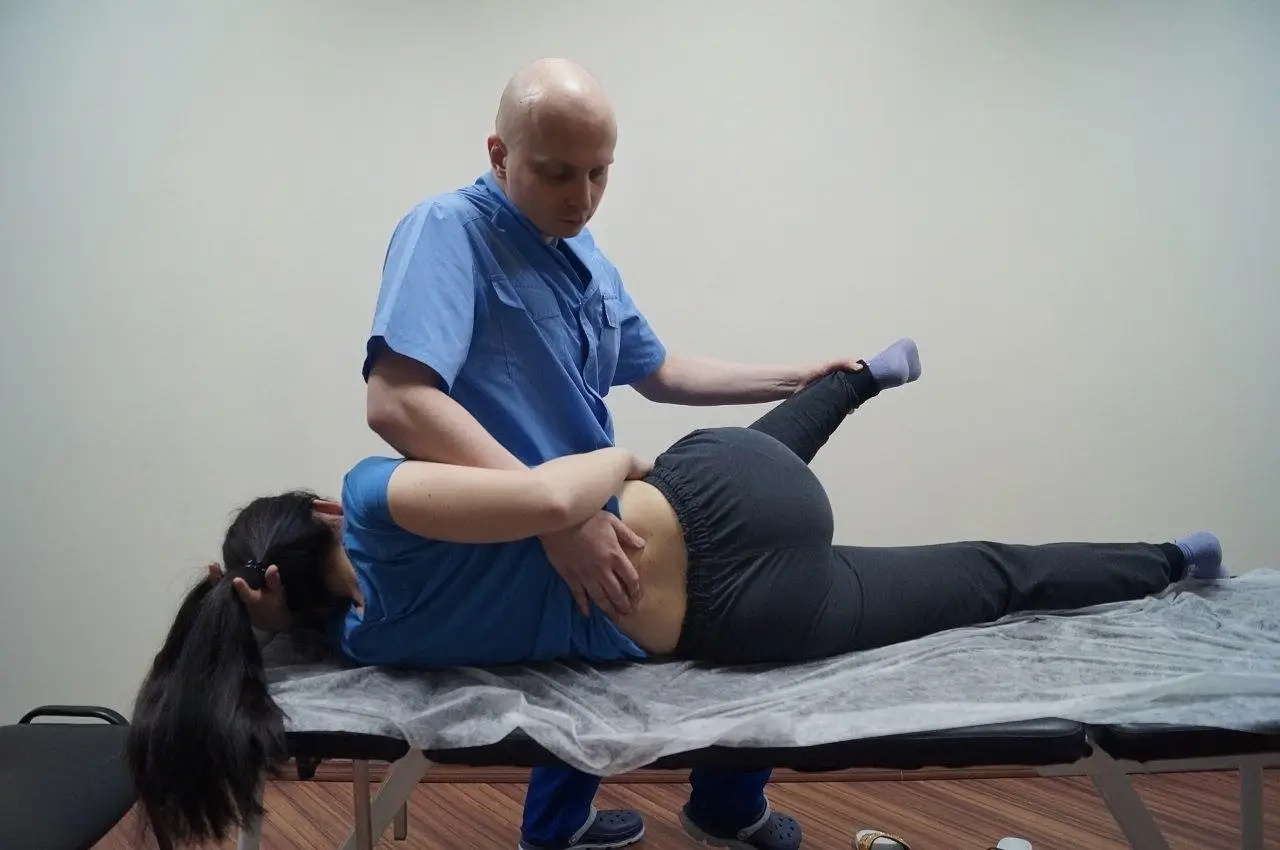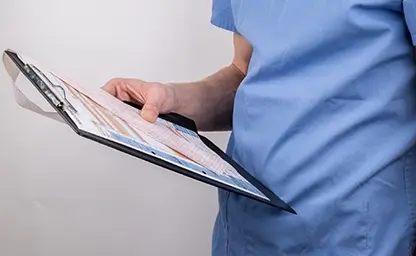

Strain Counterstrain Technique
STRAIN-COUNTERSTRAIN
 Strain counterstrain technique means: the technique of tension and anti-tension. A muscle that is in a state of false tension can cause painful reflex points in different parts of the body. To relieve this excess tension, the osteopath places the patient in a certain position in which the reflex point is almost released from pain by unloading the adjacent tissue. By maintaining this position for 90 seconds, the reflex processes of the affected muscle can be brought back to normal.
Strain counterstrain technique means: the technique of tension and anti-tension. A muscle that is in a state of false tension can cause painful reflex points in different parts of the body. To relieve this excess tension, the osteopath places the patient in a certain position in which the reflex point is almost released from pain by unloading the adjacent tissue. By maintaining this position for 90 seconds, the reflex processes of the affected muscle can be brought back to normal.
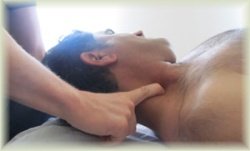 The vast majority of people suffer from muscle pain of various localizations. Practitioners today have a solid arsenal of techniques that allow them to effectively fight pain. However, most often they have to deal with chronic pathological conditions, the effectiveness of treatment of which requires some time. Another important peculiarity of muscle pain treatment is the fact that the patient himself practically doesn't know how to relieve the pain himself in case of pain and how to prevent it in the future.
The vast majority of people suffer from muscle pain of various localizations. Practitioners today have a solid arsenal of techniques that allow them to effectively fight pain. However, most often they have to deal with chronic pathological conditions, the effectiveness of treatment of which requires some time. Another important peculiarity of muscle pain treatment is the fact that the patient himself practically doesn't know how to relieve the pain himself in case of pain and how to prevent it in the future.
So, the method, which will be discussed below, is called "Strain-counterstrain" (or "tension-relaxation"). Its author is Lawrence H. Jones (L.H. Jones), who in 1964 formulated the main provisions of his method.
The essence of strain-counterstrain therapy:
- Determining the localization of pain sensitive points;
- Placing the patient in a comfortable position in which the point is least painful (at least 75%);
- Holding the patient in this position for 90 seconds (up to 2 minutes for rib pain);
- Slow passive return of patient to neutral position.
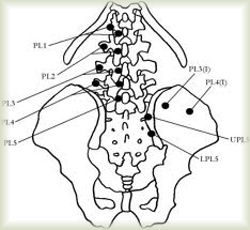 Lawrence Jones has mapped over 200 points throughout the body. It is the pain-sensitive points that are the substrate of treatment for this technique. The points, small in size, are located under the skin, in the muscles and are very sensitive to pressure. Each sensitive point is responsible for a specific joint dysfunction and almost always for the position that will reduce that dysfunction. If there are several sensitive points, the osteopath begins treatment with the most painful point.
Lawrence Jones has mapped over 200 points throughout the body. It is the pain-sensitive points that are the substrate of treatment for this technique. The points, small in size, are located under the skin, in the muscles and are very sensitive to pressure. Each sensitive point is responsible for a specific joint dysfunction and almost always for the position that will reduce that dysfunction. If there are several sensitive points, the osteopath begins treatment with the most painful point.
Despite all the advantages of positional release techniques, its practical application by osteopaths is still very limited. In my practice, it is most suitable for patients with acute pain and a generally irritated from chronic pain nervous system. I also often use it when there is soreness right during the session. A slightly modified version is for recommending self-administration at an online consultation or after an appointment.
☛ Still Technique in osteopathic manipulation treatment.
☛ Toggle recoil technique.
